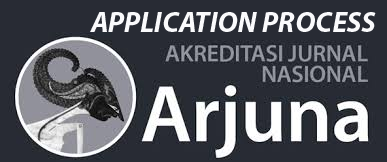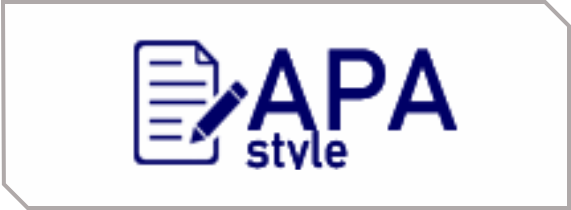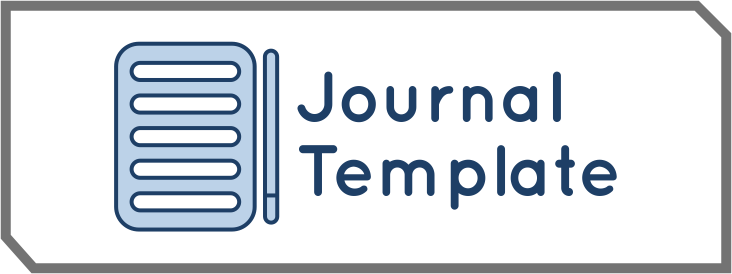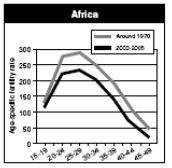
| .: e-ISSN 2964-1241 :. |
 |
| .: p-ISSN 2964-1632 :. |
 |
| .: Policies & Procedures:. |
| Editorial Team |
| Reviewers |
| Focus and Scope |
| Proses Peer Review |
| Publication Ethics |
| Author Guidelines |
| Open Access Policy |
| Journal License |
| Open Access Statement |
| Policy of Screening for Plagiarism |
| Author Fees |
| Indexing |
| Contact |
| .: Information:. |
| For Readers |
| For Authors |
| For Librarians |
| .: Tools :. |
 |
 |
 |
| .: Visitors :. |


